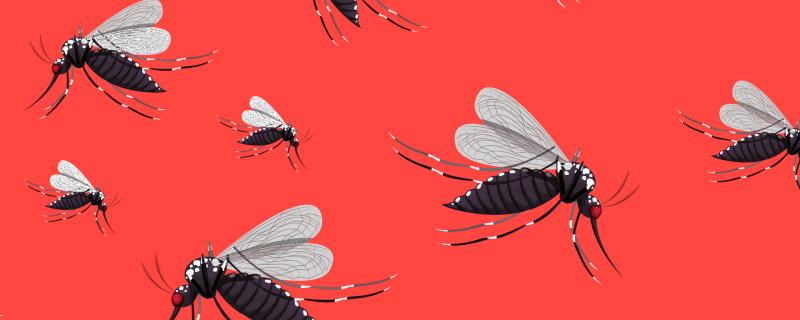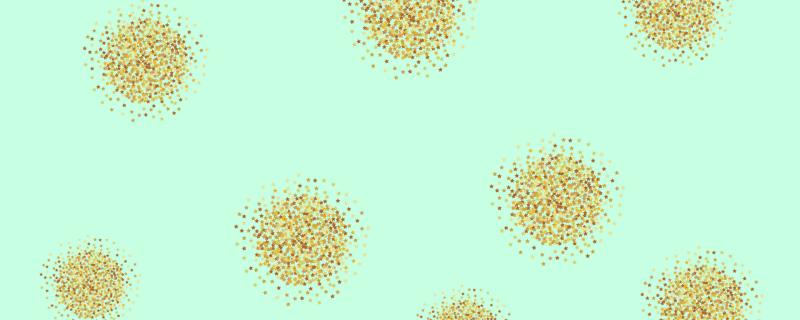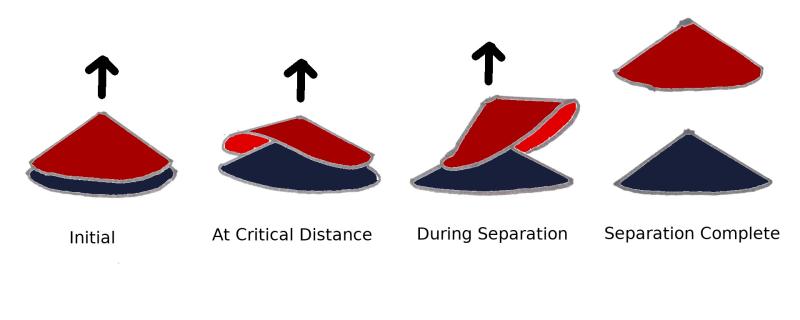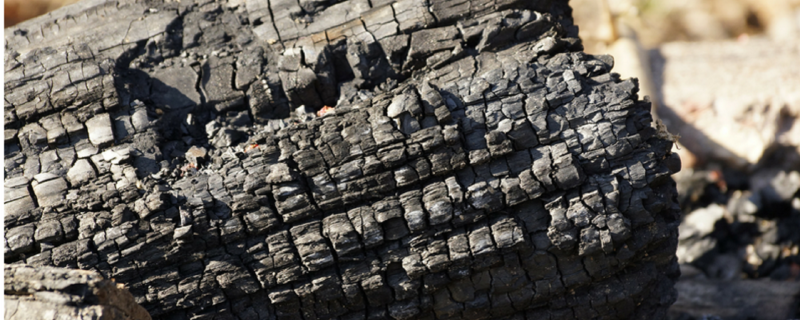When a disaster strikes, every moment that is saved could help save a few precious lives. Now, a recent study by researchers from the Indian Institute of Technology Kharagpur has proposed a mechanism in which faster, cheaper and personalised response could be provided to the victims during disasters with the use of Wireless Body Area Networks (WBANs).
News
Chikungunya fever is a major public health issue that infects many during the monsoon season. The most recent outbreak in India was in 2016, and in the last three years, the number of chikungunya cases in India has increased by a whopping 390 per cent. Caused by a mosquito-borne virus, there are no vaccines or specific treatments for this disease at the moment.
In a new study, researchers at the Indian Institute of Technology Bombay, have designed a biosensor using gold nanoparticles that can identify the presence of a protein called alpha-synuclein. The newly developed biosensor uses optical fibres to identify these proteins even in very low concentrations and can do so in just 15 minutes of time.
Researchers at IIT-Kharagpur have published a study on prediction of Esophageal cancer using data locally collected by a Mumbai hospital and machine learning algorithm. Their results could help us do away with expensive and invasive tests while diagnosing cancers.
Dr. Prathima Iengar, scientist from Indian Institute of Science, Bengaluru has been studying the different biological process that are affected by cancer. Her new study throws light on the genes and pathways that are most affected in cancer.
In 1908, a meteoroid (a small asteroid) exploded in the atmosphere near the Stony Tunguska River in Eastern Siberia, flattening over 2000 square kilometres of forest. Luckily, the region was very thinly populated, and there were no casualties. But, our Earth is not always that fortunate! Billions of years ago, our planet is thought to have been struck by many such asteroids, creating a dent on its surface.
Scientists attempt to understand the distinguishing features of giant centipedes in Peninsular India
In a new study to be published in the journal ‘Invertebrate Systematics’, researchers Dr. Jahnavi Joshi and Dr. Greg Edgecombe from the Natural History Museum, London, have set out to determine the species boundaries of an old-world tropical centipede from the genus ‘Ethmostigmus’, from Peninsular India.
After graphene, carbon nanocones are now an exciting form of carbon for material scientists. As the name suggests, they are conical structures made up of carbon, where graphene sheets are folded like a party cap with a height and diameter of a few nanometers (1 nanometer = 1/1,000,000,000th of a metre). With unique properties due to their conical shape, they have a wide range of applications, including being used as a tip of the probe of a high precision microscope used to record activity at an atomic level.
Researchers from National Institute of Oceanography, Goa have studied seasonal distribution of single celled organisms with shells known as forams or foraminifera, in the mudbanks of Allepy, Kerala. The study was conducted to understand the response of forams to physical and chemical changes in the environment associated with the mudbank formation.
Scientists from Indian Institute of Soil Science, Bhopal, and Indian Institute of Agricultural Research, New Delhi, both part of the Indian Council of Agricultural Research (ICAR), have been studying the effects of climate factors and use of insecticides on the ability of soil to consume methane. Their study reveals one of the harmful effects of the insecticide- Chlorpyrifos, and a way to tackle the issue.










